.
Read More"Know Where You Stand" by Seth Tara
Self-taught American artist Seth Tara created a series for The History Channel called "Know Where You Stand" for The History Channel. He is a winner of Luerzer’s Archive’s 200 Best Photographers Worldwide and winner of numerous international awards including a Cannes Lion for his brand campaign for The History Channel, “Know Where You Stand,” which has been translated into 30 languages and published in 130 countries.

He was born into a lineage of artists and artisans, including bronze and Macramé sculptors, golden-age cartoonists, interior designers, vacuum repairmen, celebrity stylists (and a tailor to the Czar of Russia). Nearly all of his pictures are direct prints from original film negatives with no digital alteration and taken largely hand-held. His pictures hang in collections around the world










Modern or retro, between the aesthetics of pin-up 50s and that of manga, tinged with pop and resolutely "hip-hop".
The series by Sebastian Errazuriz is a documentation of love, relationships, and personal vulnerability.
Introducing Sipho Mabona, the cool paper-crafter pushing the boundaries.
“And those who were seen dancing were thought to be insane by those who could not hear the music.”
― Friedrich Nietzsche
Moto Waganari's Wireframe Sculptures Cast Spectacular Shadows.
The world is eating itself to a core according to surreal artist Tony Futura.
Every designer takes you on a different journey, It's great when they let you into their fantasy.
Clever Photo-manipulation by Naro Pinosa
a visionary of few words
Read MoreThe Picasso Painting His Wife Left Him Is Fake
Artsy Marital Turmoil
Read MoreThe Surreal life of Salvador Dali
“I don't do drugs. I am drugs.”
Read MoreJapanese graphic designer Shusaku Takaoka's pure wit
What if the Mona Lisa got tired of her old silk robes and decided to trade them in for a trendy jumpsuit?
Read More"Hylas and the Nymphs" Art removed from museum to "prompt conversation"
Should museums even enter political grounds at all?
Read MoreSigalit Landau: SALT YEAR'S
The magic of salt
Read MoreSurrealistic images by Erik Johannson
When photoshop is simply necessary
Read MoreRARE LEONARDO DA VINCI PAINTING SOLD FOR $450 MILLION DOLLARS
Just so you understand the importance of this event in the art world, the last time a Da Vinci was discovered was 1909.
Read MoreArchitect Turns Old Cement Factory Into His Home
And it will take your breathe away
Read MoreAN OPEN LETTER TO DEPRESSED
"There is an artist within you that screams to come out"
Read MoreMARINA ABRAMOVIC COOKIE THAT TASTES LIKE HER
Abramović wants her audience to really taste her, or "eat her." Marinaron anyone?
Read MoreTRADING INK FOR COFFEE
ART BY GIULIA BERNARDELLI
Read MoreMust-see installations and exhibitions at the Venice Art Biennale 2017
The Venice Art Biennale is the world's biggest and oldest art festival.
History
On April 19, 1893 the Venetian City Council passed a resolution to set up an biennial exhibition of Italian Art ("Esposizione biennale artistica nazionale") to celebrate the silver anniversary of King Umberto I and Margherita of Savoy. A year later, the council decreed "to adopt a 'by invitation' system; to reserve a section of the Exhibition for foreign artists too; to admit works by uninvited Italian artists, as selected by a jury." The first Biennale, "I Esposizione Internazionale d'Arte della Città di Venezia (1st International Art Exhibition of the City of Venice)" opened on April 30, 1895 by the Italian King and Queen, Umberto I and Margherita di Savoia. The first exhibition was seen by 224,000 visitors. In 1910 the first internationally well-known artists were displayed- a room dedicated to Gustav Klimt, a one-man show for Renoir, a retrospective of Courbet. A work by Picasso was removed from the Spanish salon in the central Palazzo because it was feared that its novelty might shock the public. By 1914 seven pavilions had been established: Belgium (1907), Hungary (1909), Germany (1909), Great Britain (1909), France (1912), and Russia (1914).

57th Venice Art Biennale
57th edition of the Venice Art Biennale opened to the public with managing editor Olivia Mull carefully selected best design-led exhibitions, spatial installations and pavilion takeovers. Artists, curators, architects, designers, musicians and refugees have all collaborated on works for this year's show. They range from architectural installations to spatial performances, covering topics embracing all aspects of life and society.
Here is what not to miss:
Venice is Sinking
Italian artist Lorenzo Quinn calls attention to this threat with his arresting, larger-than-life sculpture in the sinking city. Support features two 5,000-pound hands bursting out of the Grand Canal and grasping the walls of the historic Ca' Sagredo Hotel.

Photograph by Maria Nitulescu, courtesy of the artist and the Georgian Pavilion
Living Dog Among Dead Lions by Vahjiko Chachkhiani Georgian Pavilion, Arsenale
A for of a small abandoned wooden hut, found in the Georgian countryside and reassembled by artist Vajiko Chachkhiani on-site. Furniture, pictures, lights and other household items are the only occupants of the cabin.
Chachkhiani has simulated a never-ending rainstorm inside the hut by puncturing the ceiling with hundreds of holes and installing an irrigation system above. Water puddles on the floor and furniture, and trickles through cracks in the wood. Visitors can watch the interior decay and rot over the course of the biennale, while the exterior of the house will remain untouched.

Photograph by Ruth Clark, courtesy of the artist, the British Council and Hauser & Wirth
Folly by Phyllida Barlow British Pavilion, Giardini
Clustered around the entrance of the neo-classical British Pavilian stand huge sculptures constructed from cardboard, paint, foam, plywood and concrete, metal stands. Created by 73-year-old British sculptor Phyllida Barlow, resembling architectural details or giant toys.

Photograph by Nadine Fraczkowski, courtesy of the artist and the German Pavilion
Faust by Anne Imhof German Pavilion, Giardini
Faust has been awarded this year's prestigious Golden Lion prize. It was described by the jury as "a powerful and disturbing installation that poses urgent questions about our time". Artist Anne Imhof has transformed the Nazi-era German Pavilion into a hostile stage set for her Faust exhibition. The Doberman dogs stand guard at the the front entrance. Raised glass floor inside, spans the white space and glass pedestals jut out from the walls. Groups of young performers dressed entirely in black sportswear occupy the space. They move emotionlessly amongst visitors to harsh metallic music – crawling under the glass floor, dragging their feet and bizarrely embracing.

Photograph by Prudence Cuming Associates, courtesy of Damien Hirst and Science Ltd. All rights reserved, DACS/SIAE 2017
Treasures from the Wreck of the Unbelievable by Damien Hirst Palazzo Grassi and Punta della Dogana
Rumored to be one of the most expensive exhibitions ever put by a contemporary artist and much-discussed exhibition is "all about what you want to believe.", comes from British artist Damien Hirst's Treasures. 16-metre barnacle-encrusted decapitated demon in the Palazzo's courtyard – were supposedly lost in a legendary shipwreck 2,000 years ago and rescued from the sea by the Turner Prize-winning artist.
Canadian writer and producer Christopher Moloney takes us back to movie locations with this unique project.
If you listen to what the artist wants, as a craftsman, you work to bring the artist’s vision to fruition.
Hundreds of dancers around the world disrobed for a Jordan Matter Dancers After Dark photography.
Louis Vuitton Trunk on Fire by Tyler Shields
Gorgeous designs with some extra oomph
An Artist Painted A Bunch Of Famous Celeb Men Going Down On Women. Yes that’s him!
Story teller. Photography maker. Geometry seeker. Architecture lover. World explorer.
The news comes from friends and collaborators of the artist
Less seen images of famous and somewhat less popular painters, sculptors, architects at work.
Steal from anywhere that resonates with inspiration or fuels your imagination
A fashion moment starring Jane Birkin's daughter, Charlotte Gainsbourg
New collection presentation takes place in Venice.
The most important thing is to stay sane and human. I keep saying that to Guram; the most important thing now is that we must enjoy what we do. Luckily, we’re independent. That’s the joy of Vetements.
This Father and Son duo know how to rock the red carpet.
Kate and Laura Mulleavy directorial debut
The man who made Russian fashion cool brings his Spring 2018 to St.Petersburg
Louis Vuitton to Stage Cruise at I.M. Pei's Miho Museum
I know macro trends and the connection between macro trends and fashion. Feminism and multiculturalism are one of those macro trends which I demonstrate in my art.
I create fashionable, flattering characters with a little edge. I love drawing faces.
Drawing will never be a real work. When I draw I feel joyful, peaceful, a unique wellbeing, it is almost meditative. It gives me balance and harmony and I want to share all these beautiful energies throught my artworks.
The emotions I put in creating every artwork, it is very energetic and colorful, ugly and beautiful at the same time.

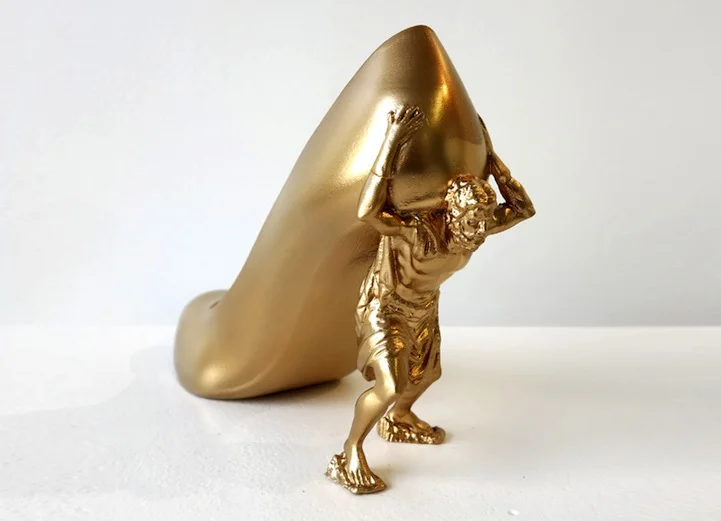


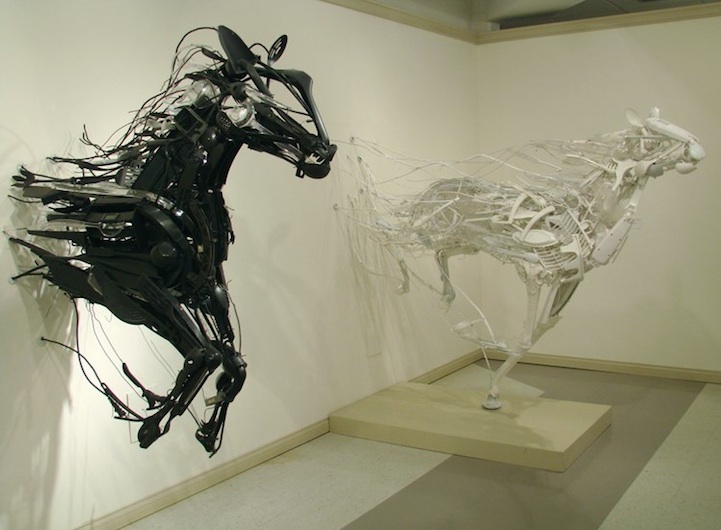



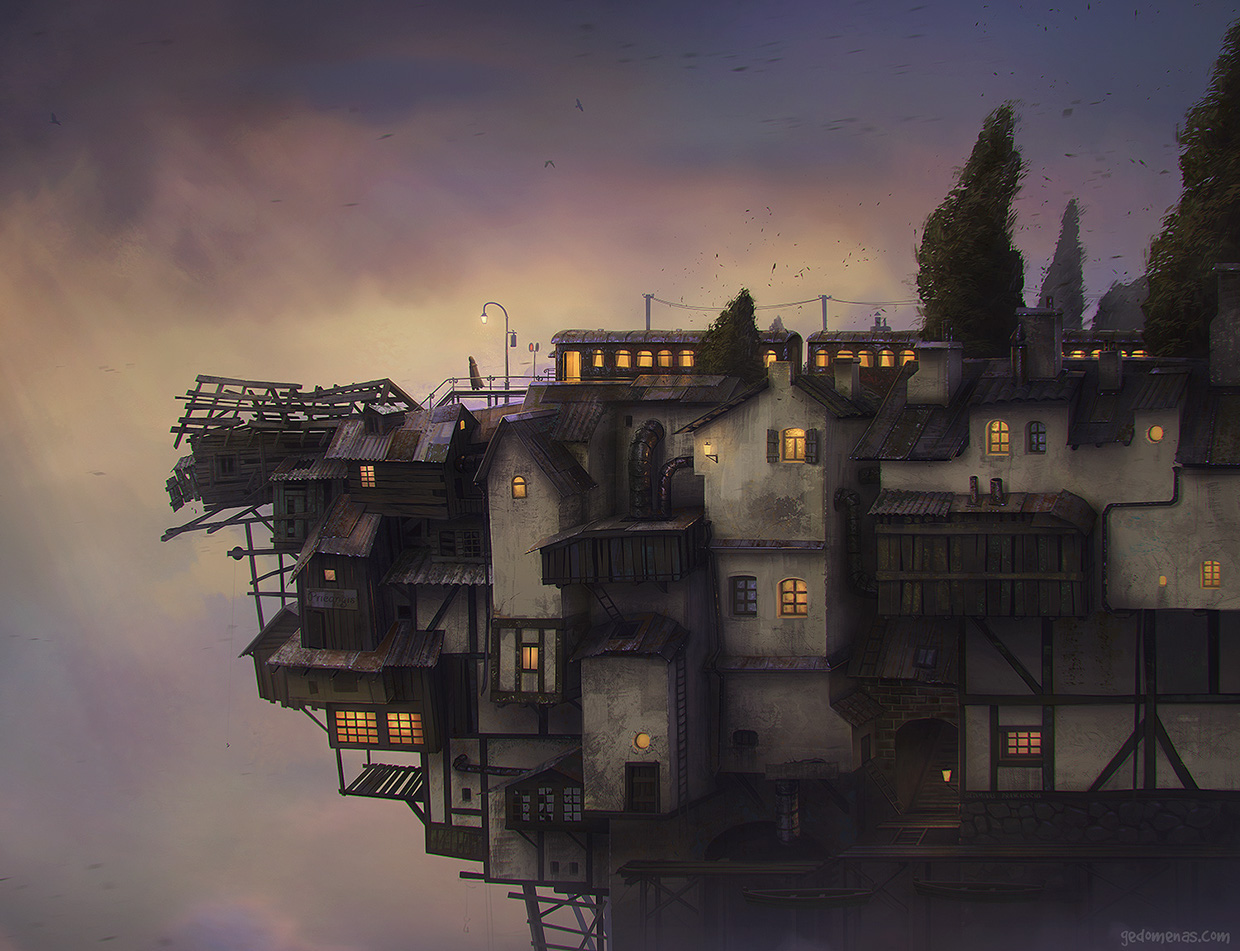

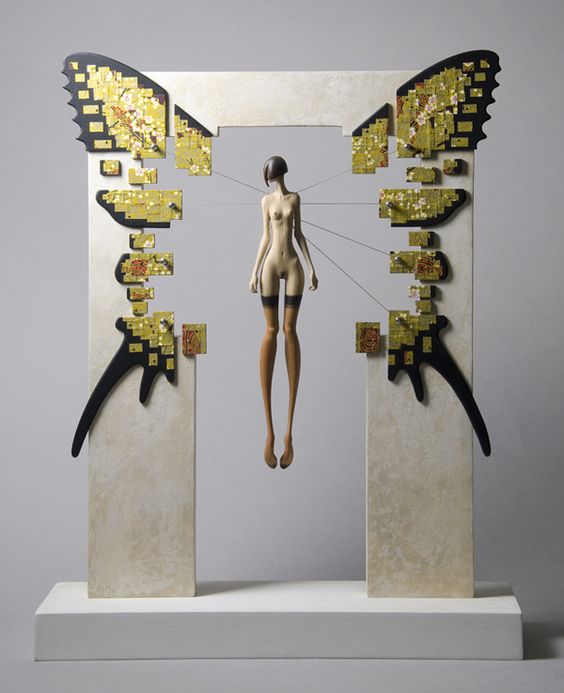





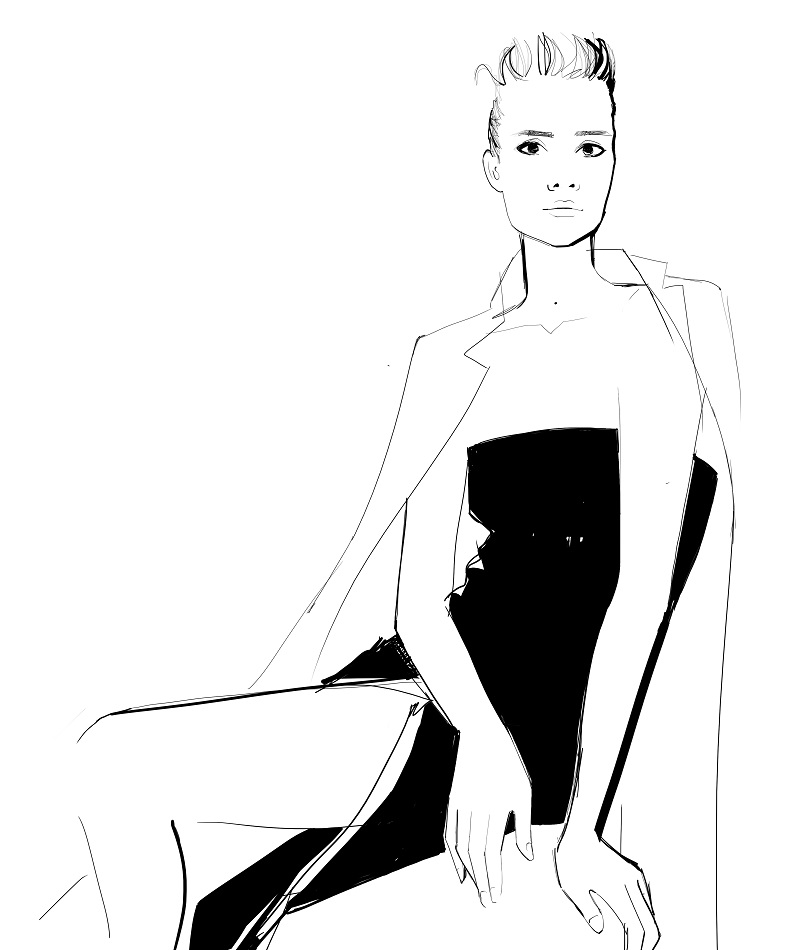






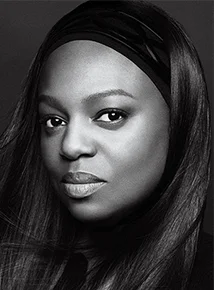
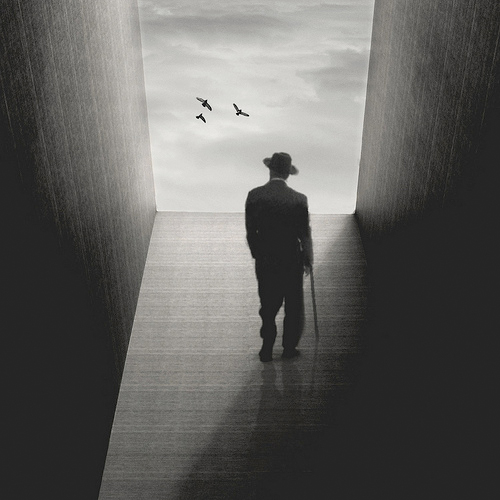


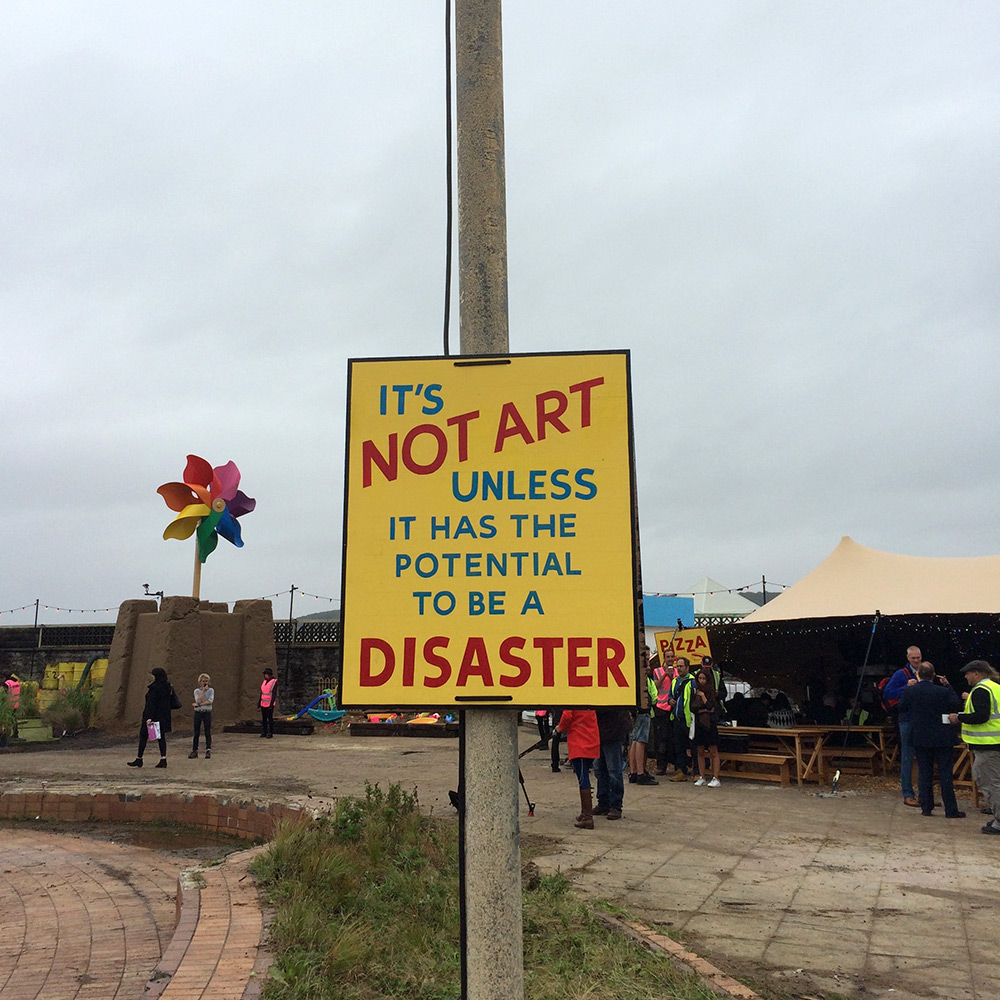











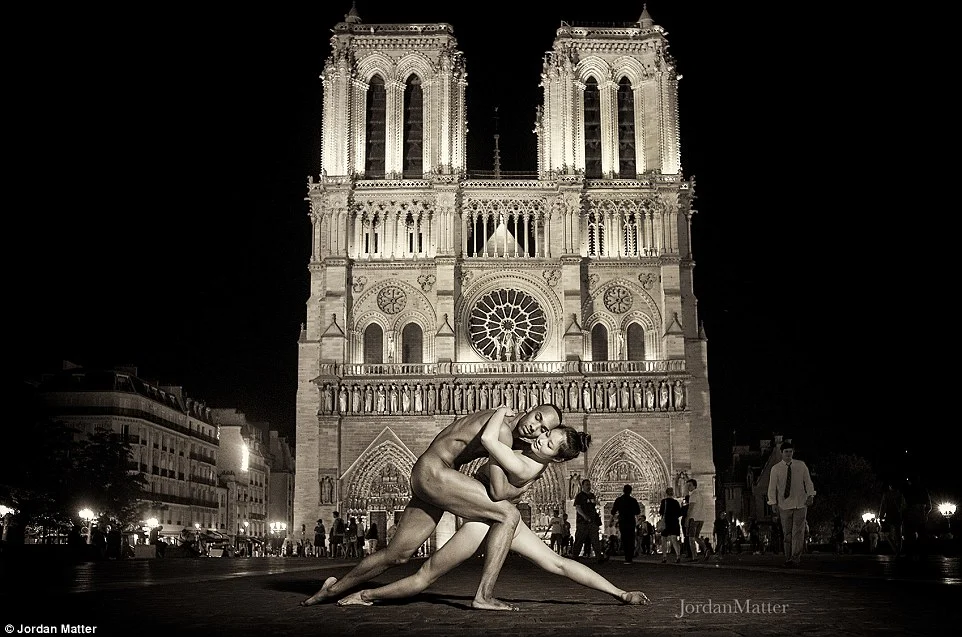











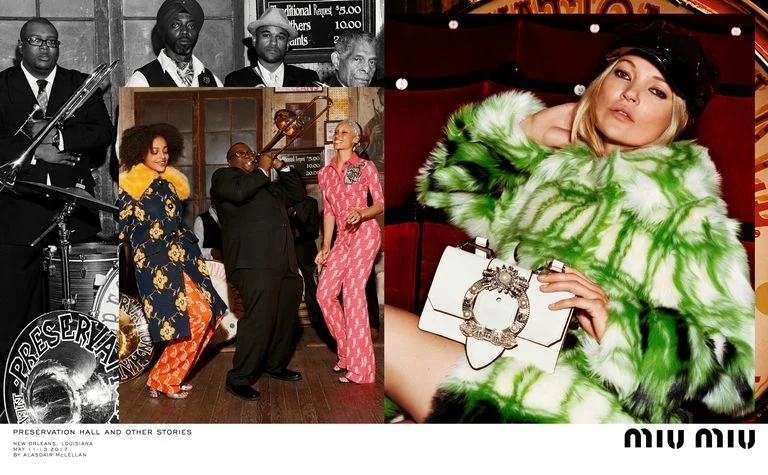
















.